How to Prevent Squirrel Entry Points in Your Attic
 Image Credit: Freepik
Image Credit: Freepik
Preventing squirrels from entering your attic is crucial for maintaining the safety and integrity of your home. These agile and resourceful creatures can cause significant damage if they gain access to your attic. Understanding how to identify and seal potential entry points is essential for keeping squirrels out.
Common Entry Points for Squirrels
Squirrels are adept at finding and exploiting even the smallest openings to gain entry into attics. They can squeeze through gaps as small as four inches in diameter, making it essential to seal off any potential entry points. Here are some common entry points to watch for:
- Vents: Gaps around roof and attic vents can provide easy access for squirrels.
- Chimneys: Uncapped chimneys are a common entry point for squirrels seeking shelter.
- Eaves and Roof Lines: Squirrels can exploit gaps along eaves and roof lines to enter your attic.
- Soffit Boards and Fascia Boards: Damaged or loose soffit and fascia boards can create openings for squirrels.
- Gable Vents: Gable vents without proper screening can allow squirrels to enter your attic.
Inspecting Your Home for Entry Points
Regular inspections and maintenance are crucial to identify and seal off any potential entry points before squirrels have a chance to take up residence in your attic. Here are some steps to follow:
Visual Inspection
Conduct a thorough visual inspection of your home's exterior, paying close attention to the common entry points mentioned above. Look for any gaps, cracks, or damage that could provide access for squirrels.
Check for Signs of Squirrel Activity
Look for signs of squirrel activity, such as droppings, gnaw marks, or nesting materials. These signs can help you identify areas where squirrels may be attempting to gain entry.
Use a Flashlight
Use a flashlight to inspect dark or hard-to-reach areas, such as attic corners and roof eaves. This can help you spot potential entry points that may not be visible during a regular inspection.
Sealing Entry Points
Once you've identified potential entry points, it's essential to seal them off to prevent squirrels from entering your attic. Here are some effective methods for sealing entry points:
Galvanized Steel Mesh
Use galvanized steel mesh to cover vents, chimneys, and other openings. This material is durable and resistant to chewing, making it an effective barrier against squirrels.
Caulk and Expandable Foam
Seal small gaps and cracks with caulk or expandable foam. These materials can fill in gaps and create a solid barrier that squirrels cannot penetrate.
Repair Damaged Boards
Replace or repair any damaged soffit boards, fascia boards, or roof tiles. Ensuring that these components are in good condition can help prevent squirrels from finding entry points.
Install Chimney Caps and Vent Covers
Install chimney caps and vent covers to block access to these common entry points. Make sure these covers are securely fastened and made of durable materials.
Additional Prevention Tips
In addition to sealing entry points, there are other steps you can take to make your home less attractive to squirrels:
- Trim Overhanging Tree Branches: Trim any tree branches that provide easy access to your roof. Squirrels can use these branches as a bridge to reach your attic.
- Remove Food Sources: Keep pet food, birdseed, and other potential food sources securely stored. Reducing food availability can make your home less appealing to squirrels.
- Maintain Your Yard: Keep your yard clean and free of debris that could provide shelter or nesting materials for squirrels.
When to Seek Professional Assistance
If you suspect a squirrel infestation or need assistance with prevention measures, it's advisable to seek the help of a professional wildlife control service. These experts have the knowledge and tools to safely and effectively address squirrel issues while ensuring the humane treatment of the animals.
Professional wildlife control companies in Michigan use a variety of techniques to remove squirrels, such as live trapping, exclusion methods, and deterrents. They can also assess the extent of the damage and recommend appropriate repairs or replacements for insulation, wiring, or other affected areas. Additionally, they can provide guidance on squirrel-proofing your attic to prevent future infestations.
Key Points:
- Squirrels can enter attics through small gaps and openings, making it essential to seal all potential entry points.
- Common entry points include vents, chimneys, eaves, soffit boards, and gable vents.
- Regular inspections and maintenance are crucial for identifying and sealing entry points.
- Use materials like galvanized steel mesh, caulk, and expandable foam to seal gaps and cracks.
- Trim overhanging tree branches and remove food sources to make your home less attractive to squirrels.
- Seek professional assistance for effective and humane squirrel removal and prevention.
By understanding the behavior of squirrels and taking proactive steps to prevent their entry into your attic, you can avoid the potential risks and damages associated with these unwanted guests.
If you're dealing with a squirrel infestation in your attic or have concerns about potential infestations, don't hesitate to contact a professional wildlife control service like Ancon Wildlife Services in Southern Michigan. We have the expertise and resources to handle the situation safely and effectively. Contact us at 248-930-1882.
‹ Back


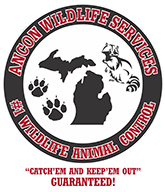


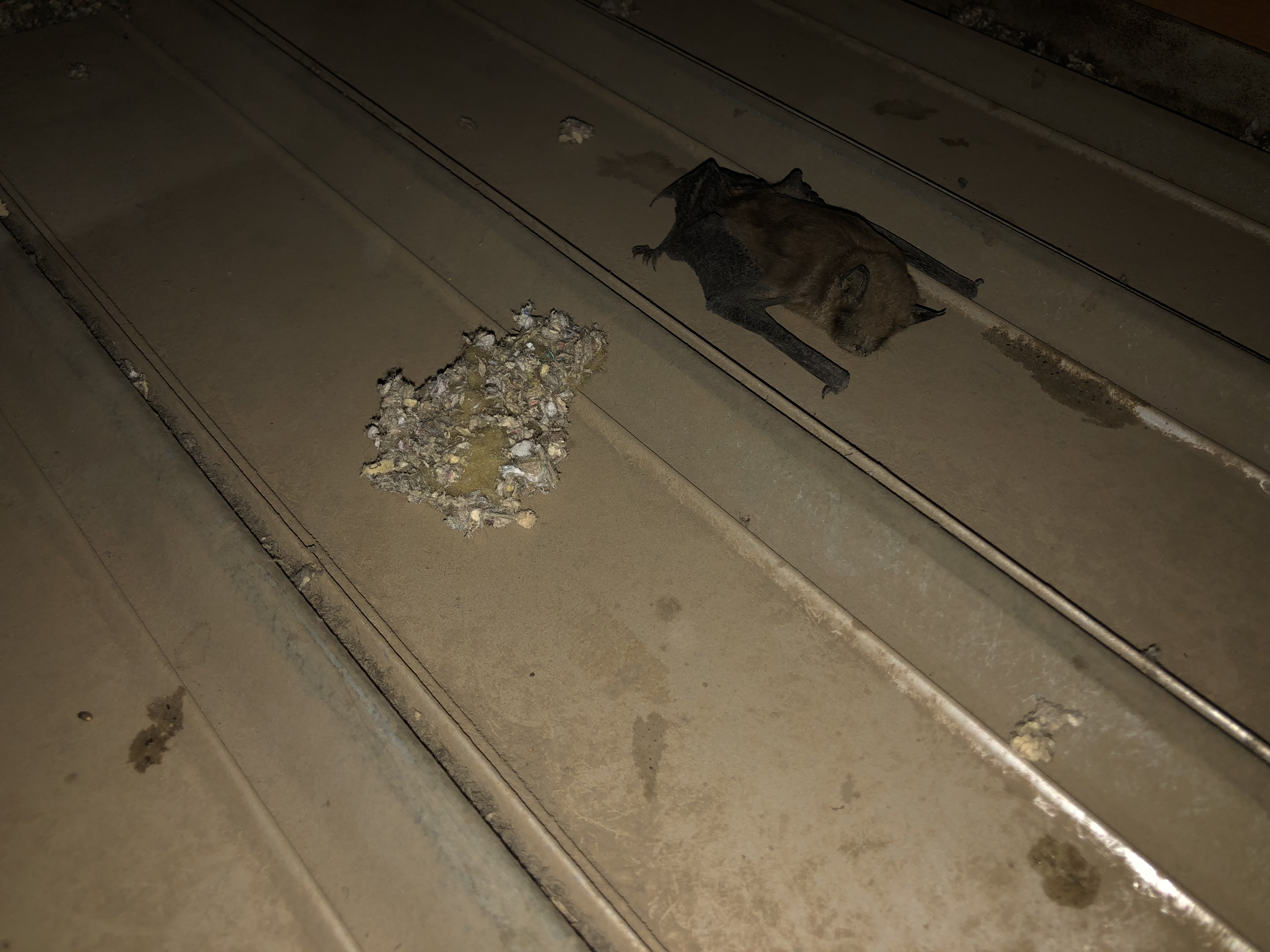
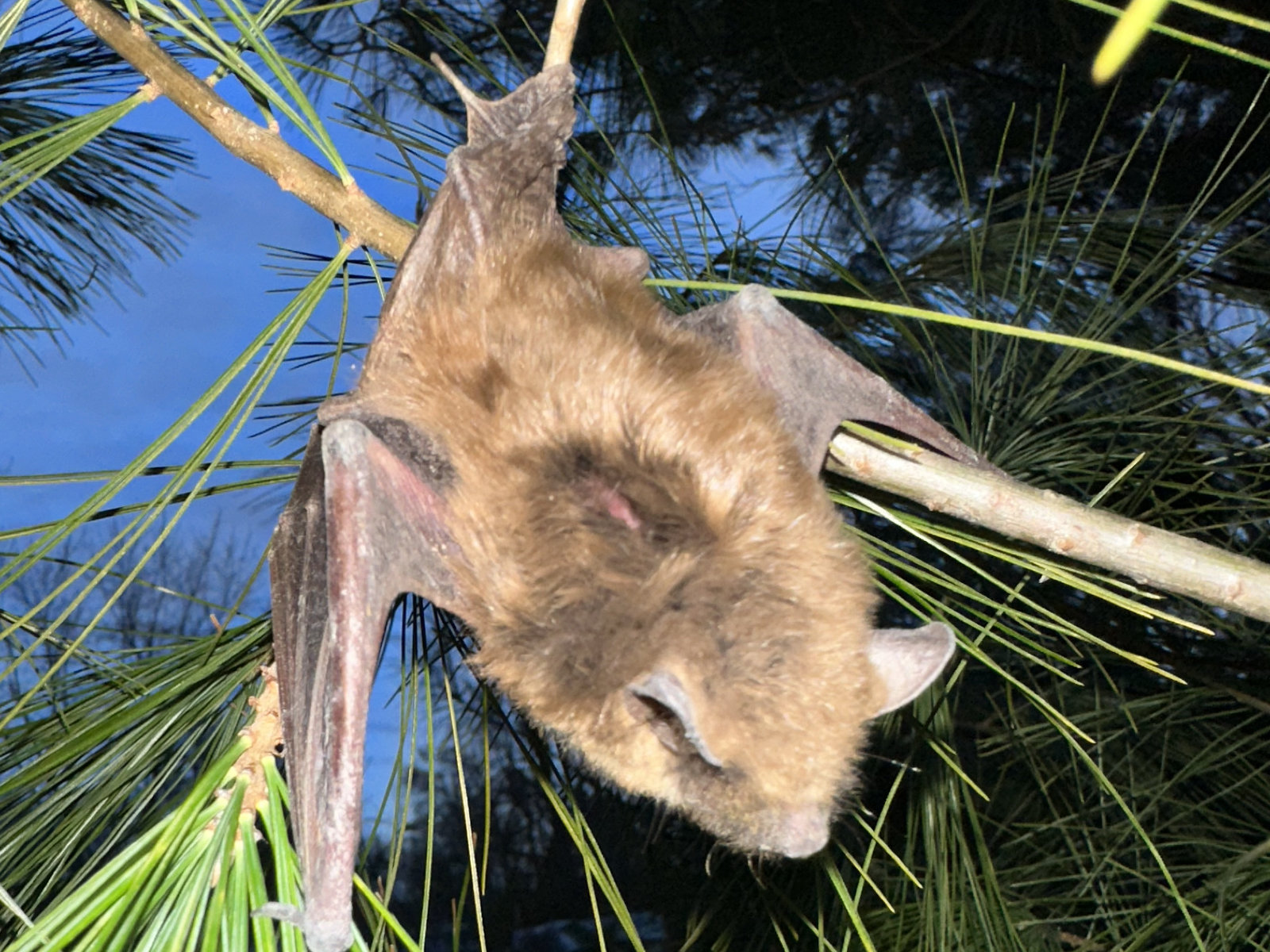
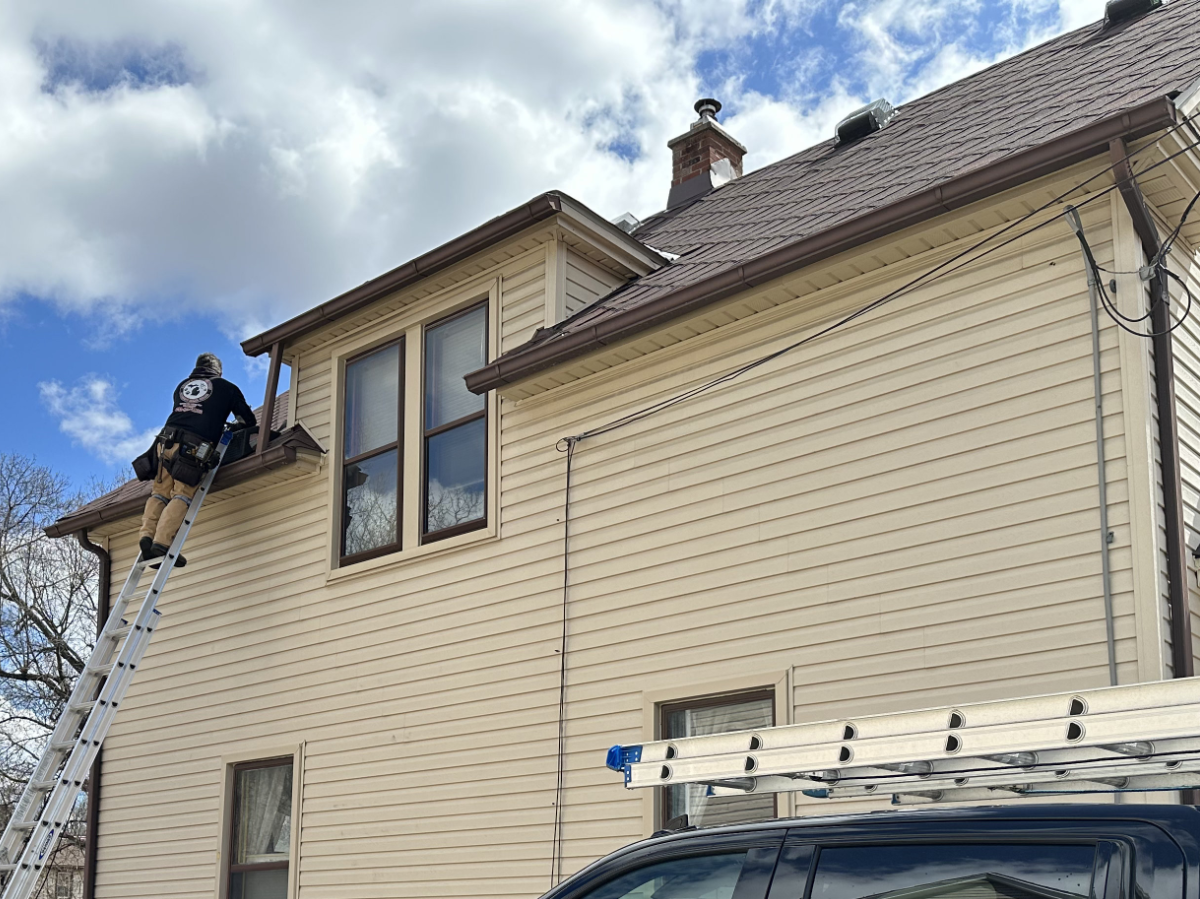
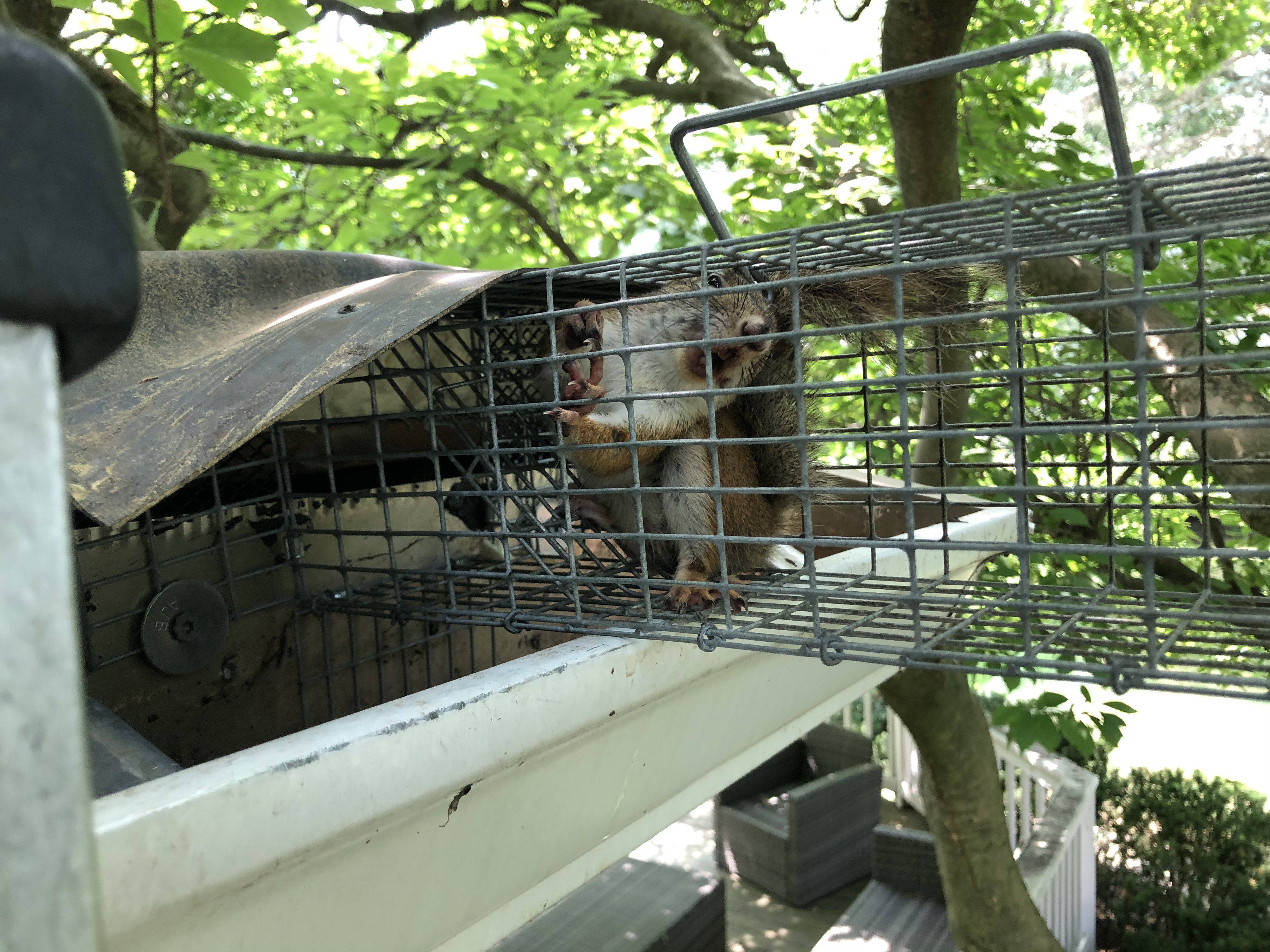

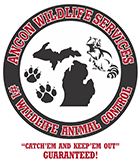
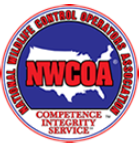

.png) Twitter
Twitter